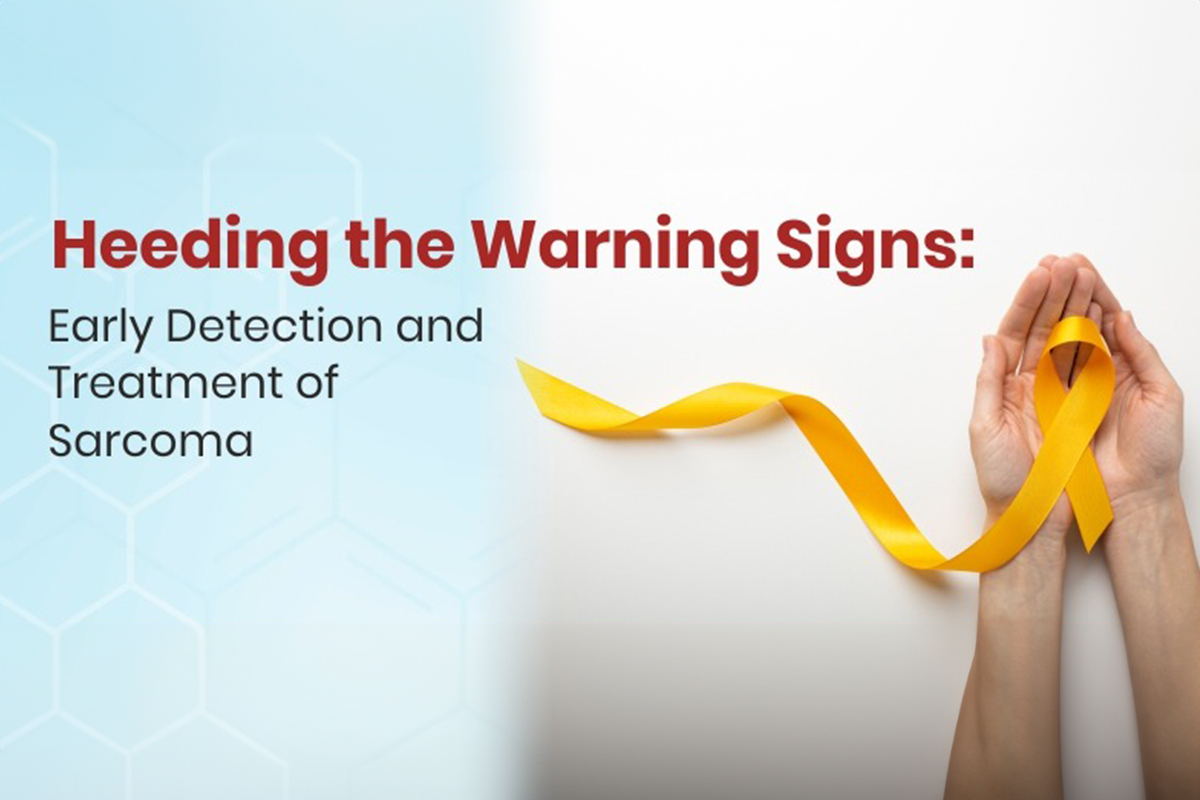
Tobacco and Human Health: Understanding the Dangers
By Dr. Alok Prasad in Internal Medicine
Jun 7, 2023
Tobacco use continues to be a significant public health concern, affecting millions of lives worldwide. Despite increased awareness of its detrimental effects, tobacco remains a leading cause of preventable diseases and premature death. This article aims to shed light on the dangers of tobacco use, emphasizing the impact it has on human health and the importance of quitting.
The Prevalence of Tobacco Use
Tobacco use is alarmingly prevalent across the globe. According to the World Health Organization (WHO), approximately 1.3 billion people smoke tobacco, with an additional 360 million individuals using smokeless tobacco. This addiction affects people of all ages, genders, and socio-economic backgrounds, contributing to a global health crisis.
Short-Term Health Effects
The immediate consequences of tobacco use are concerning. When tobacco is smoked, harmful chemicals such as nicotine, tar, and carbon monoxide are released into the body. These substances quickly enter the bloodstream, leading to various adverse effects. Short-term health risks include:
- Respiratory Issues: Smoking tobacco can cause coughing, wheezing, and shortness of breath. It damages the lungs and compromises their ability to function properly.
- Cardiovascular Problems: Tobacco use increases the risk of heart attacks, strokes, and high blood pressure. The chemicals in tobacco harm the blood vessels, leading to the development of arterial plaque and decreased oxygen supply to the heart.
- Oral Health Complications: Smoking has a severe impact on oral health, contributing to gum disease, tooth loss, and oral cancer. It also causes bad breath and stains teeth.
Long-Term Health Effects
The long-term consequences of tobacco use are even more devastating. Persistent smoking significantly increases the likelihood of developing life-threatening conditions, including:
- Cancer: Tobacco is a leading cause of various cancers, including lung, mouth, throat, esophageal, pancreatic, and bladder cancer. The toxic chemicals in tobacco smoke damage DNA, leading to the uncontrolled growth of cancerous cells.
- Chronic Respiratory Diseases: Prolonged tobacco use can result in chronic obstructive pulmonary disease (COPD), a progressive condition that includes chronic bronchitis and emphysema. COPD leads to irreversible lung damage, breathing difficulties, and a reduced quality of life.
- Cardiovascular Diseases: Tobacco use is a major risk factor for heart disease, atherosclerosis, and peripheral arterial disease. These conditions can cause heart attacks, heart failure, and circulation problems in the limbs, potentially leading to amputation.
The Importance of Quitting
- Reduced Health Risks:Quitting smoking decreases the risk of developing tobacco-related diseases. Even after a few years of being smoke-free, the body begins to repair itself, improving lung function and cardiovascular health.
- Improved Quality of Life: Breaking free from tobacco addiction leads to enhanced physical fitness, increased energy levels, and improved overall well-being. Non-smokers experience improved senses of taste and smell and have better oral health.
- Protecting Others: Quitting tobacco not only benefits the individual but also protects those around them. Secondhand smoke exposure can have severe health consequences for non-smokers, especially children and pregnant women.







